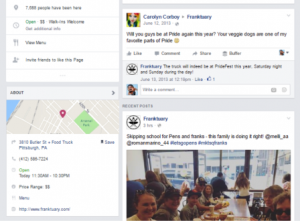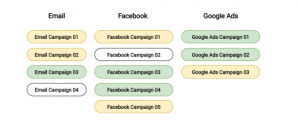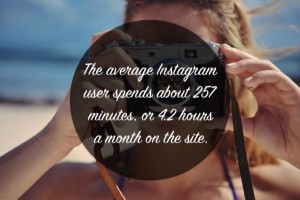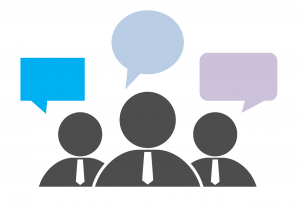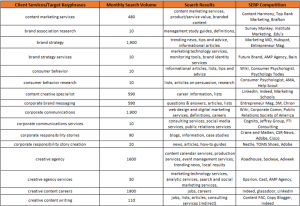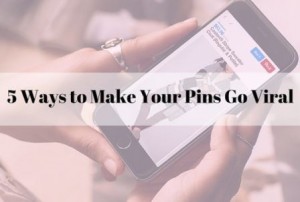— December 10, 2018
Ecommerce is moving at a breakneck pace. Brands are starting from nothing, taking advantage of social media, and making millions in the process.
It’s no longer enough to choose “hot” products, throw together a Facebook ad, and watch the money roll in.
Now, everyone is building a brand, everyone is doing content marketing, and everyone is following best practices.
To succeed this year and the next, you need to be efficient, smart, and creative with your tactics. In this post, we’ll focus on Ecommerce hacks that’ll increase your conversion rates, revenue, and brand loyalty.
Split test product pages
Split testing is common for lead generation pages/popups but much less common for Ecommerce product pages.
You can’t blame store owners. They have dozens or even hundreds of products and it can be daunting to test them properly.
Here’s how you’d go about split testing to yield the maximum results for your store.
- Choose a simple yet powerful split testing tool.
There are many choices on the market but many of them are geared towards enterprise customers.
For small businesses, I recommend Google Optimize. It’s free and works well.
Zoho PageSense is also a powerful and affordable tool.
- Select key pages to test.
Every Ecommerce store has a few top selling products. This is a fact of life.
Start your split testing journey by choosing a handful of your top performing pages. Select at least one from each of your major categories.
After testing, you can roll out the changes to product pages in that particular category.
- Hypothesize, set up, and run your experiments.
Split testing isn’t a matter of changing button colors and fonts. It’s a systematic process where you have a hypothesis which you test by controlling other variables.
It’s important to clearly define what you’re doing and what you expect the outcome to be. That way, you can document and learn from your tests.
The hypothesis follows a simple format. If I do X then I expect Y to happen because of z.
If I change the button color from red to blue then I expect conversions to increase because the button is more prominent.
Once you have your hypothesis, set it up using the tools mentioned above. Continue the experiment until you have a statistically relevant sample size.
If the experiment increased your bottom line then roll it out across the category and start a new one. If the experiment didn’t increase conversions then scrap it and start a new one.
Always be testing.
Optimize the unboxing experience
In interpersonal interactions, you have a seven-second window to make a positive first impression.
The opinions someone forms of you in that time can last throughout the life of your relationship.
You may think the first impression is when someone lands on your website. This is true in a sense but doesn’t give the whole picture.
You read about a celebrity online and see them on the news but when you meet them for the first time it’s quite different.
For your products, the first impression is the unboxing experience. An unboxing experience is what it sounds like – the process of taking something out of a box.
There are over 55 million results in YouTube for unboxing with many of them receiving millions of views. Obviously, people care about the unboxing experience. 40% of consumers are likely to make repeat purchases from an online merchant with premium packaging.
Here are a few ways to optimize the unboxing experience:
- The packaging
The shipping container is the first thing people see when they get your product. It’s what sets the tone for the rest of the experience. Pay attention to colors, materials, and shapes to improve the first impressions in this department.
Costs can quickly stack up so focus on one element that will go the furthest. For example, can you color your boxes, choose a premium material, or redesign the shape?
- Promotional/informational material
Depending on the nature of your product, you can send promotional materials with the package. For example, an eco-friendly product may add recycling instructions.
An irreverent skater brand could add a newsletter that reflects their tone, mission, and values.
- Handwritten note
What’s the ROI of kindness and gratitude? I can’t say.
What I can say is there’s nothing like opening a well-crafted package with a thank you note from someone who cares about you and the products they sell.
It leaves an amazing first impression on your customers.
When you look at the time commitment and cost, it’s negligible.
Though it’s not exactly easy to scale a handwritten note, you can probably do it for a lot longer than you think.
A few things to keep in mind:
- Use quality stationery.
- Use their name
- Say thank you for something specific
- Personalize it
Additionally, you can add an insert that sends them to a URL where they can take a post-purchase survey. These can help you gauge customer satisfaction and spot problem areas before they become business killers.
Tripwire offers as an ecommerce hack
Last on our list are tripwire offers (also known as loss leaders or front end offers).
I’m sure we’re all well aware of how difficult it is to drive relevant traffic, land a new customer, and keep your costs low. Tripwire offers are a way to drive down your customer acquisition costs while offsetting your advertising costs (and possibly earning a small profit).
A tripwire offer is a relatively low-cost high-quality product designed to build your customer list. They range in price from free to less than fifty dollars.
You may be thinking someone isn’t a customer if they’re getting something for free. That’s true. Your free offer still costs money, they just don’t spend the money on the product.
An example would be an item that’s technically free but requires you to pay shipping. In the mind of the customer, they’re not paying for the product.
Once they’ve initiated the checkout process, you can recommend complementary products.
How would this work in practice?
Let’s say you’re selling dog supplies in your store. You have everything from 50-pound bags of dog food to dog sweaters.
To take advantage of the tripwire offer, you’d lower the price of treats (or something else) and display it prominently. During the checkout process, you’d showcase relevant dog foods, toys, and products to the person.
Over time, and with a bit of testing, you’ll get a better grasp of which products people respond well to and which ones they ignore.
The end result is more customers with lower acquisition costs.
It’s not all roses.
There are some real disadvantages of this method. The most common are people who buy your loss leader and not even glance at the other products.
There’s no way to tell ahead of time whether this will be a major problem. My suggestion is to test it with a small control group before rolling it out across your store.
Conclusion
Ecommerce is moving at a rapid pace and if you don’t adapt, you’ll be left behind.
Though these hacks may seem simple, don’t write them off.
Use the tripwire hack to get more customers through the door then wow them with an amazing and personal unboxing experience. Once they’re in love, send them to your key product pages you’ve optimized through split testing to increase your customer lifetime value.
Let me know what Ecommerce hacks you’ve been using and don’t forget to share.
Image courtesy of Pixabay.
Digital & Social Articles on Business 2 Community
(44)
Report Post
